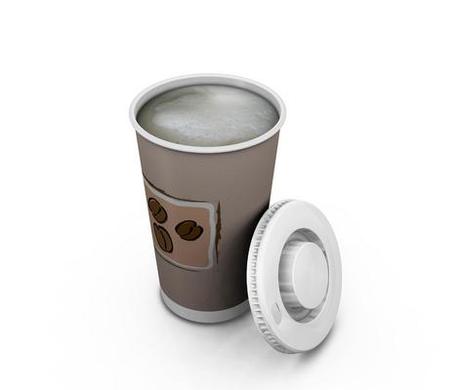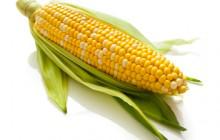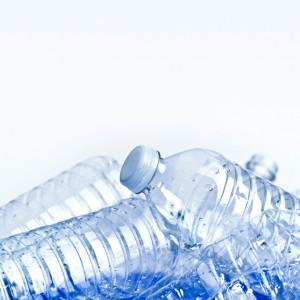The truth behind biodegradable plastic is hard to find. Cups that biodegrade. Food packaging that is compostable. Bottles that are made from plants or corn. Misinformation swirls around the topic of biodegradable plastics, for consumers and even experts in the industry.

It is based on some very complex, easily misunderstood science that most people really don’t understand, or even care about. After all, it’s much easier to just jump on something that seems like a fantastic benefit. Companies tout it and consumers buy it, without ever taking time to really understand it.
No wonder consumers are hard pressed to believe what they read! We all want to do the right thing, and purchase products that are better for the environment, but it can be virtually impossible to understand which ones actually ARE better.
There are several different types of products on the market claiming to be biodegradable, but the reality is that many of them are based on half-truths. Much of it seems to stem from a simple misunderstanding of the word “degrade” versus “biodegrade.” However, simple misunderstandings are exploding into an industry rife with claims that are completely wrong.
There are bioplastics that do completely biodegrade and would be a fantastic solution; however, they are not the products commonly used because of their high cost.
Oxo-what?
Oxo-degradable plastics are a perfect example of a plastic that does not biodegrade. If a plastic biodegrades, the plastic decomposes into natural elements – it is broken down by living organisms. If it degrades, the plastic breaks down into something else or is somehow reduced, but it doesn’t go away. Plastics that biodegrades are preferable, since it makes the plastic permanently go away.
Oxo-degradable plastic (also called oxy-degradable) is infused with metals that help the plastic break up when the metal heats up. The microscopic pieces then linger for centuries – just as long as other plastics. Humans have not been on earth using plastics long enough for science to verify if those pieces eventually break down further.
Plant Bottles Sprouting Everywhere
A major beverage brand recently launched a plant-based bottle, and most people are familiar with them due to an onslaught of advertising. Also known as a “bioplastic,” these bottles are intriguing but surrounded by misperception. Plastics made from corn, apples, potatoes or any other plant material are exactly the same as fossil fuel based plastic – the only difference is that some or all of the fuel-based resin is substituted for resin made from biological material.
Once it has been transformed into plastic resin, it has exactly the same properties as any other plastic. It is not biodegradable, and experts even question if it is any less sustainable because of the food and farming resources it uses, and the energy required to manufacture the product.
Give Me Some Sugar, Baby

According to one of the nation’s largest distributors, there have been widespread storage and shipping issues with PLA because it degrades so quickly, such as water bottles falling apart before the water can be consumed. It can be recycled, but it is difficult and expensive.
Is There Good News?
A newer option that is not well known but gaining global awareness is the use of additives within the plastic manufacturing process. While not considered a bioplastic because it isn’t made using a biological material – it is fully biodegradable and a promising, environmentally friendly plastic solution.
Instead of lingering for hundreds of years in an ever growing proliferation, plastics using the correct amount of additive

How does it work? By making the plastic attractive to microbes living in the soil and every landfill environment, the plastic is consumed and transformed into matter at an accelerated rate. All landfills, and dirt, contain microbes, and they are all that is required to launch the process.
This solution is growing in popularity because it does not require the plastic manufacturing process to be changed in any way and the plastic fits in a normal recycle stream.
Stay tuned – we think you’ll see a lot more information about plastic bio-additives in the near future.
This article by Tom Casey has been made exclusive to EnvironmentGreen.com from Carrie Morgan on behalf of Casey Container
Tom Casey, VP of Technology and Sales for Casey Container Biodegradable Plastics, is a biochemist with 30 years of experience. His expertise in chemical additives, biochemistry, and plastics make him one of the most knowledgeable expert resources in the industry. See CaseyContainer.com for more information on these issues and more. Casey Container bottles and containers are based on an additive that makes plastic attractive to microbes in any landfill environment, as proven through independent, third-party scientific research.



COMMENTS ( 1 )
posted on 05 August at 20:52
The additive you are speaking of is ENSO Plastics.
Created in 2008, ENSO was born with the purpose to establish an earth friendly bottling solution. Since then we have evolved our technology to be compatible with all plastic polymers (so technically it could be used with a plant based product, compostable etc.) By adding our organic ENSO additive into standard plastic during the manufacturing process, the plastic will then become recognizable by nature so that it will biodegrade (while keeping the same attributes of the original plastic.) Once the plastic product finds itself in a anaerobic (landfill) environment, it will break down through microbial action into biogases and will leave no harmful materials behind.
When ENSO products are thrown away, the organic blend creates a perfect environment and food source for microbes. As microbes consume the additive, they secrete enzymes. These enzymes break down the polymer chain into materials that are easily consumed by microbes. The end result is carbon dioxide, methane, and healthy, new soil.
ENSO consists of a group of passionate people who are dedicated to creating earth friendly plastic solutions that are easy for everyone.
Check out our site www.ensoplastics.com